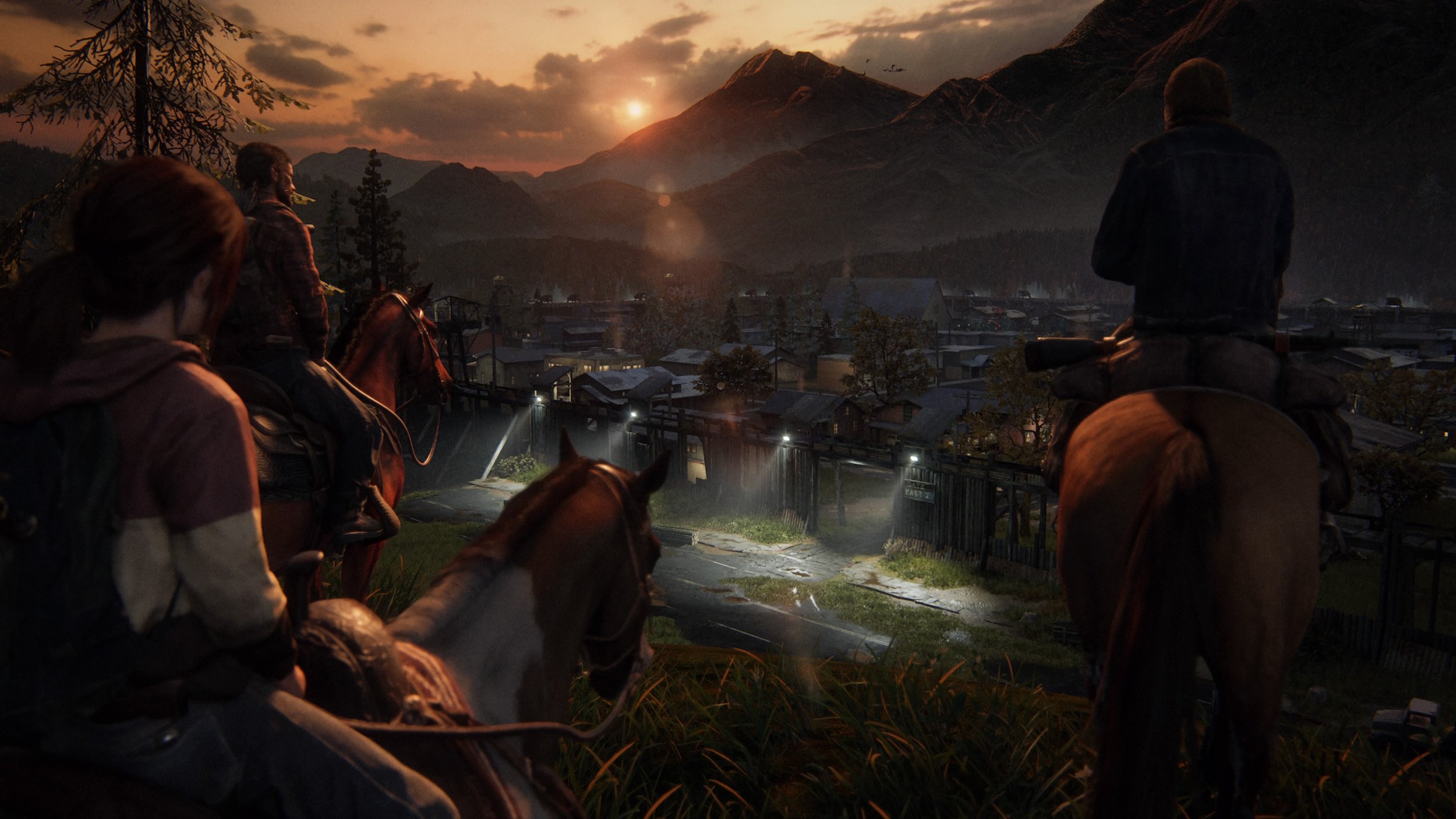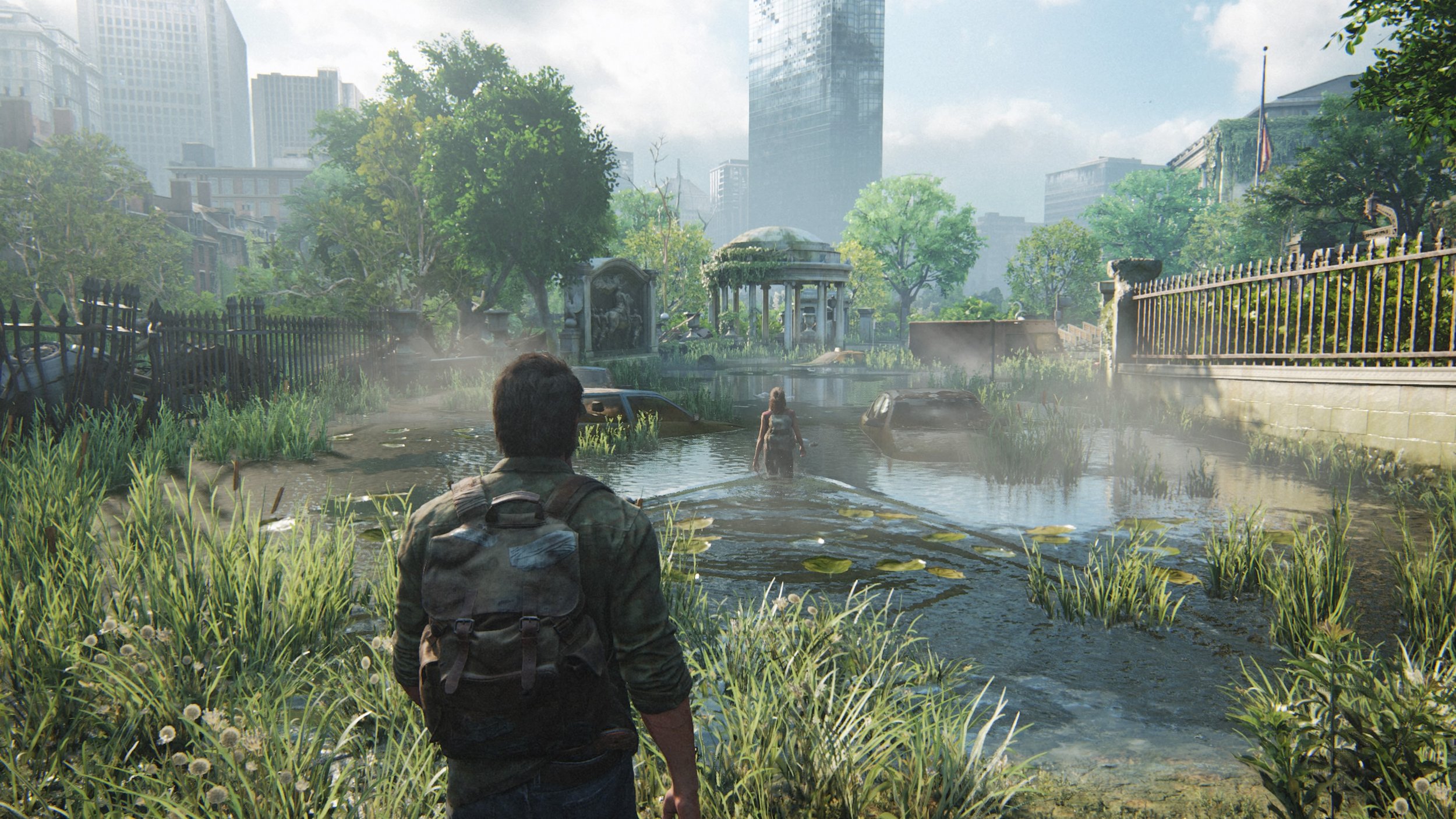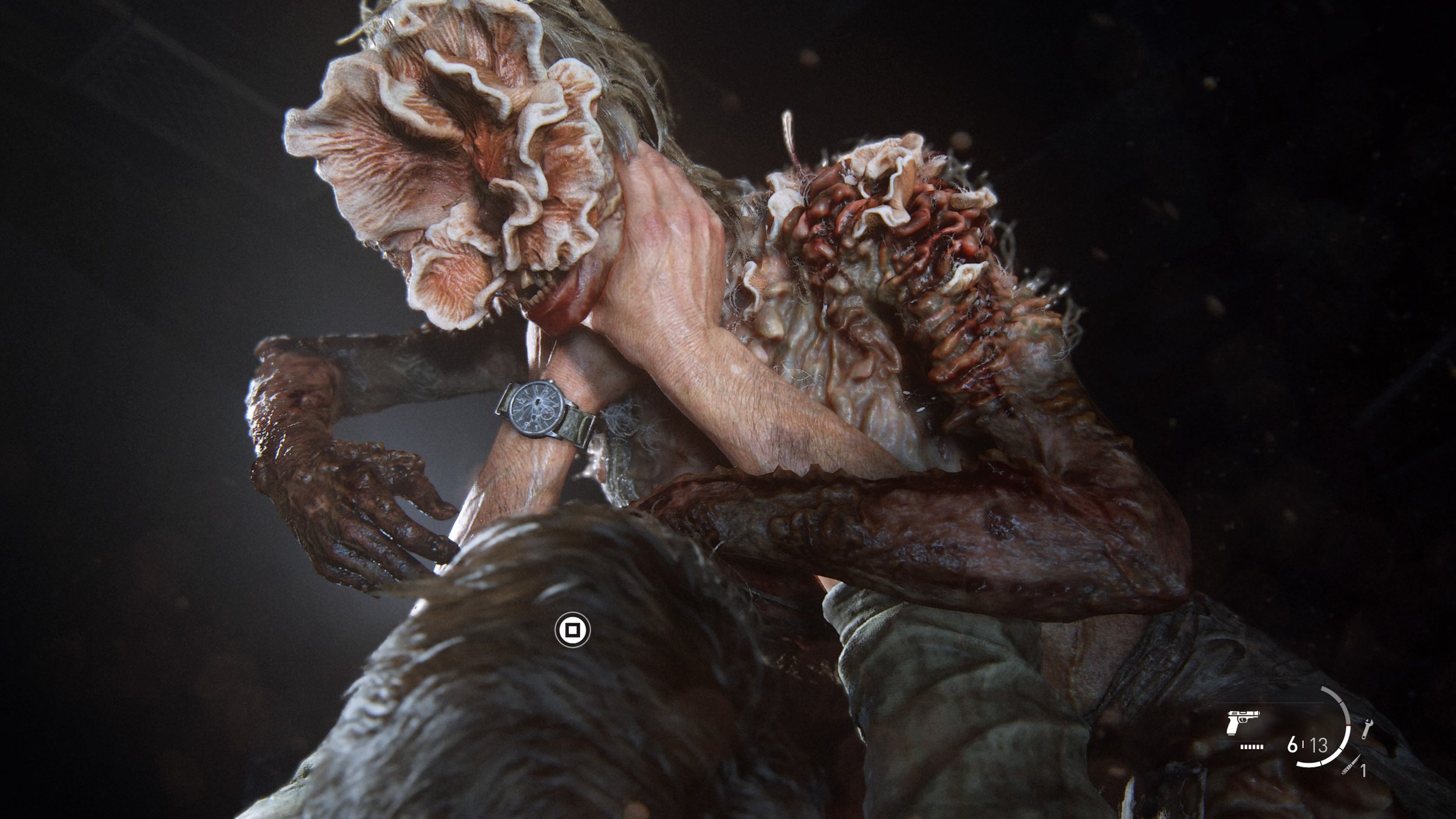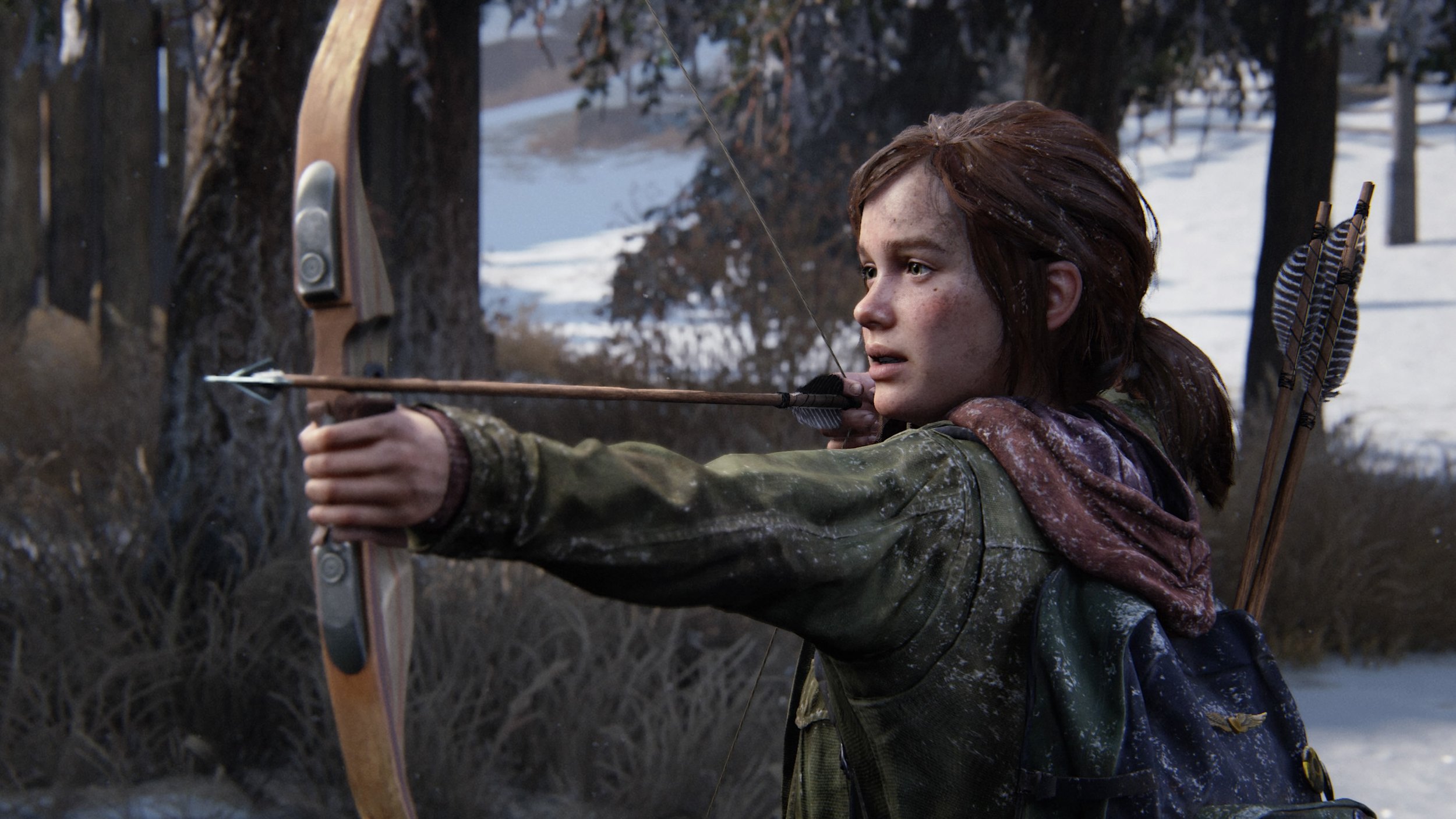The Last of Us Part 1 Review - Post-apocalyptic Facelift
/In 2013, the world was introduced to one of the most captivating video game campaigns I’ve ever played. The Last of Us is an intimate tale told with Naughty Dog’s signature cinematic touch to bring each scene to life. It is a long and perilous journey that I enjoy revisiting and did so just recently in the form of The Last of Us Part 1, which is rebuilt to modernize the first game and bring it to the PS5 platform. Everything I loved about the first game is intact, now with a visual uplift and a few enhancements. But the changes in this version of the game didn’t greatly enhance the finer points of this masterpiece, to an extent that I wouldn’t recommend this release right off the gate.
A masterpiece reinvigorated, visually
The team at Naughty Dog responsible for The Last of Us Part 1 delivered an almost exact replica of the original game and applied visual and technical improvements similar to what we see in The Last of Us Part 2. This is still the same story of a capable smuggler named Joel who is taking an eventful interstate journey with a teenager named Ellie, experiencing first-hand how far the world has fallen and how inhumane a society might get if pushed into an extreme corner. It’s a great take on the now-oversaturated post-apocalyptic setting, as its focus is on the idea that right and wrong are all about perspective.
What I love about the story in The Last of Us Part 1 is that we see Ellie being exposed to the outside world for the first time and we are there along for that ride, acting out our curiosity by wondering or questioning everything we encounter as we check every nook and cranny to piece together this lost world. And with Joel being the person that has experienced both worlds, he comes out as a perfect guide to it all. You then top it off with the game slowly taking its time to develop this bond between the two protagonists, delivering a near-perfect story that can take roughly 15 hours if you’re taking your time.
It's been nine years since the original was released and the heavy beats are still pulling your emotional strings just right. This time around, we have more realistic character models and animations that flesh out the emotion of each character present in each scene. Character reactions and movements appear more fluid and believable, with some characters (like Tess or Bill) looking like completely different people when compared to its original models. Joel looks somewhat the same, while Ellie is more aligned to how she looks in Part 2.
The game’s environments also received an extensive facelift, as each section of the game has more depth - to a point that, if examined side by side, the original seems somewhat flat. This is most apparent in the more dense areas now reclaimed by nature. From the sun’s rays piercing through gaps of a lush forest, the decay of an abandoned city, to realistic water reflections, The Last of Us Part 1 has these excessive details that bring out the supposed atmosphere of the area in the quality we expect from a Naughty Dog game.
You’ve played this game before
But after all is said and done, between the story and performances, my feelings towards the game remain consistent to when I played it years ago, or more recently, with the remastered version. Outside of the visual improvements, this is still the same greatness with a new chassis as there’s no significant change that would make the previous versions not worth considering.
This goes for gameplay as it plays practically the same – grounded, methodical, and slow. Combat was modernized with The Last of Us Part 2 UI with no real change or addition to make combat any different. Weapon sway is still unforgiving, and each shot can really make or break an encounter, rewarding those that play it smart. As for the game’s encounters with either humans or infected, every level design, again, runs exactly the same as in The Last of Us Part 1, even down to the puzzles and safe combinations that house useful resources. The only big change to the gameplay for this version is the AI, both for your allies and your enemies. I found myself being flanked more often than before. Thankfully, your companions are now better at avoiding enemy detection when playing stealthily.
In-game audio is more satisfying when played with headphones, as the surround sound delivers accurate information as to threats nearby. I was pleased to see myself react and move accordingly based on sounds I heard, to the point where I had a pretty good idea of the distance between a possible threat just from the audio alone. Also, the attention to detail contributes to the overall experience, such as gunshot sounds being more accurately portrayed, whether outside in an open field, or indoors in a narrow corridor. When paired with Gustavo Santaolalla’s impressive musical score that captures the game’s themes, those picking up this version must play this game with headphones (or true surround sound).
An amazing array of accessibility options
This is definitely not a bad remake, as this version of the game does have nice additions. The in-depth accessibility options found in this remake rival what we saw in The Last of us Part 2, as players with any kind of disability will have access to a variety of options ready to be tinkered with in order to smoothen out their experience. Between audio narration, extensive difficulty adjustments, color blind options, options to those with motor or hearing issues, the options are quite broad. It’s commendable how extensive these options can be.
Fans of the series might appreciate new additions, like permadeath mode, which provides a punishing run, and a speedrunner mode to record your best times and test your expertise in the game. There are unlockable skins as well - minor additions, really, that feel like padding, especially since this version of The Last of Us does not include the original’s multiplayer mode, which I find odd, as I recently discovered many are still playing it and are eager to have a modern take on that particular game mode.
The Verdict
When I finished this version of the game, I was reminded why I loved the first game so much. It still holds up surprisingly well after so long. The visual improvements, accessibility options, and some technical improvements put the first game now on par with its sequel, but there isn’t a massive gap in game quality between this remake and The Last of Us Remastered. And with The Last of Us Part 1 launching as a full-priced game but missing the multiplayer, it’s hard to recommend picking this up on day one.
9/10
PROS
Highly improved character models and animations that rival what’s available in The Last of Us Part 2
Impressive list of accessibility features
Same masterpiece released in 2013/14
CONS
The multiplayer offering was not available in this version of the game
No significant gameplay changes
Visual improvements don’t justify initial price point
What I’ve Played
Completed the campaign on Moderate difficulty
Finished the Left Behind DLC
[The reviewer was provided a PS5 review copy of The Last of Us Part 1]














